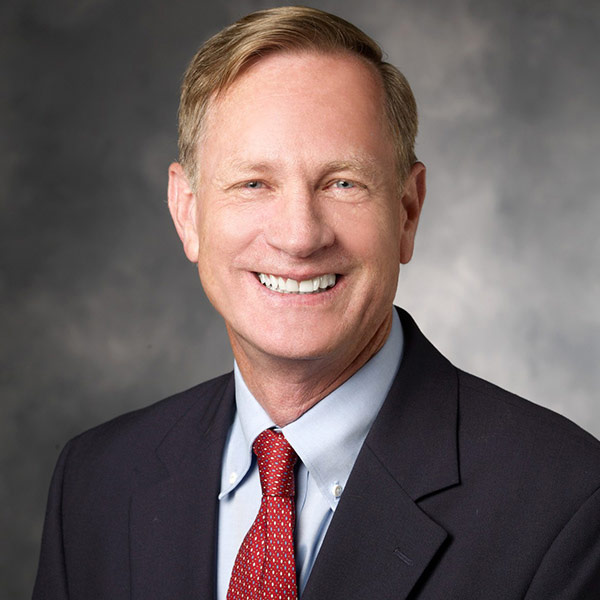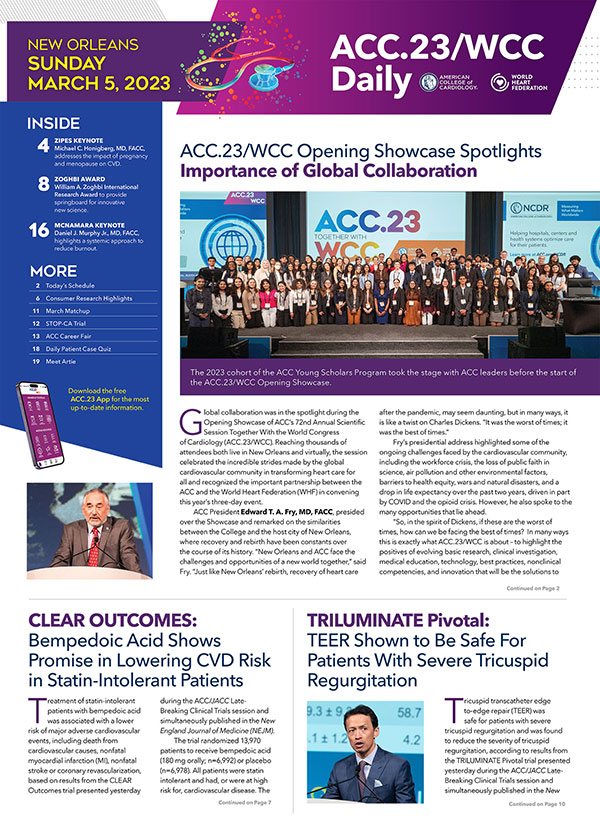McNamara Keynote: Changing Systems to Reduce Burnout

Like the cardiovascular diseases they combat professionally, burnout is a problem that has long challenged cardiovascular clinicians in other aspects of their lives. However, a renewed focus on improving the professional culture that fuels burnout is sending a message to cardiologists that systemic change is on the horizon, according to Daniel J. Murphy Jr., MD, FACC, who will deliver today's Dan G. McNamara Keynote. "I hope people will walk away feeling encouraged that this problem is real and acknowledged," says Murphy, co-chair of the Well-Being Directors Council at Stanford University School of Medicine. "I also hope they walk away feeling there are folks who are committed to action, to making health care a career that can be fulfilling and compatible with a satisfying personal life."
Unprecedented numbers of cardiovascular professionals are practicing in distress, and that is not linked to a lack of individual resilience but to the health care system that has evolved over the years, Murphy says. Past efforts to reduce burnout have focused on a mindfulness approach and self-compassion for individuals to help them deal with difficult times, but Murphy recommends that 80% of the focus now should be on improving the cultures of systems and institutions.
"Because the causes of distress are generally systemic, the focus needs to be on the system. We do not have a problem with a lack of resilience. We are not going to solve this problem by helping people work on their own personal wellness in that narrow context," he says.

– Daniel J. Murphy Jr., MD, FACC
Researchers have identified the correlates and drivers of burnout so a model of professional fulfillment could be developed, Murphy says. Now it's just a matter of developing that model or models and putting them into practice. "There are examples of things we know work," he says. "How those get implemented tend to be dependent on the local environment. Your institution, your cath lab or your environment will have unique solutions, approaches and actions. There is not only one thing we need to do that will solve all of these problems. These are huge problems that need both local and global solutions."
The ACC is among those who are recognizing the problem and have made fixing it a priority. "The College has taken this on at multiple levels through advocacy, leadership, diversity and inclusion and cardiovascular team development, as well as other areas where we believe that improvements can be made for the well-being of those of us who practice cardiovascular medicine," he says.
He adds that the optimal approach to addressing burnout needs to be at the organizational, institutional level. "Many folks in the past hoped or thought that one thing – reducing work hours or increasing benefits or getting to bed early or an electronic health record – might solve the problem," he says. "But the challenges are much deeper than that. I think the solutions are going to be much broader, with bigger changes in the culture and the practice of medicine."
Clinical Topics: Cardiovascular Care Team, Prevention, Stress
Keywords: ACC23, ACC Annual Scientific Session, ACC Scientific Session Newspaper, ACC.23/WCC Meeting Newspaper, Mindfulness, Burnout, Professional, Burnout, Psychological, Work-Life Balance
< Back to Listings

